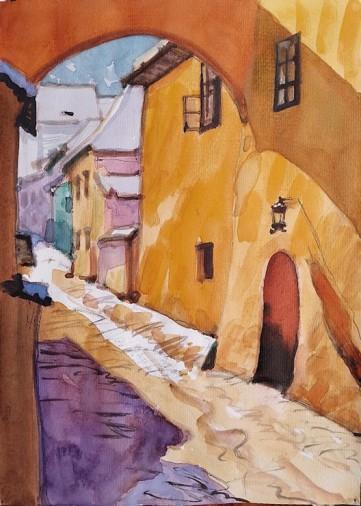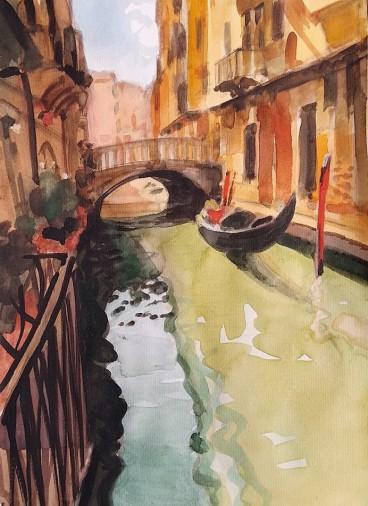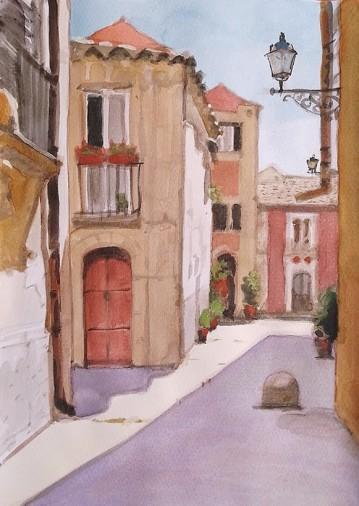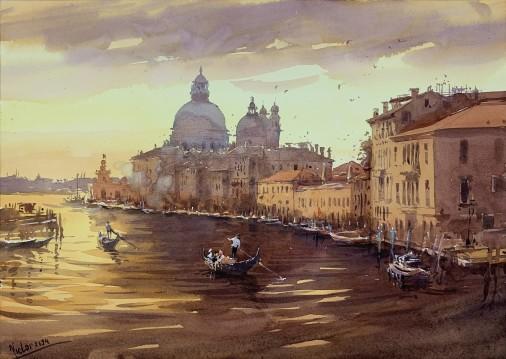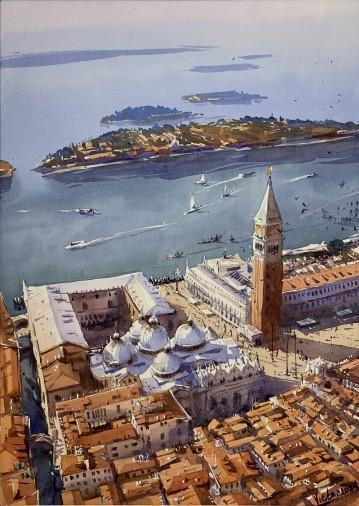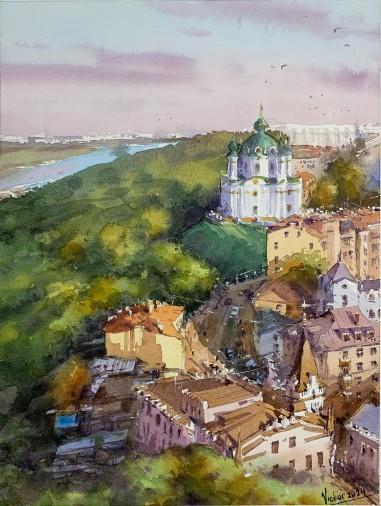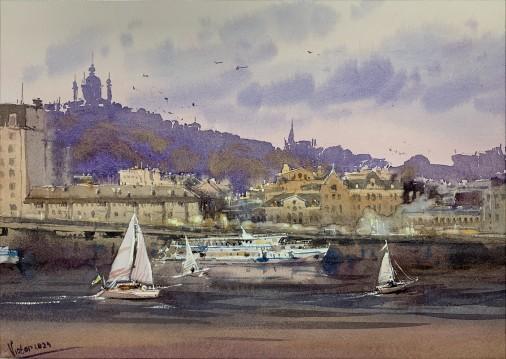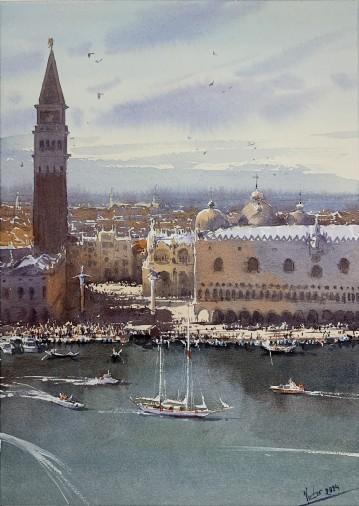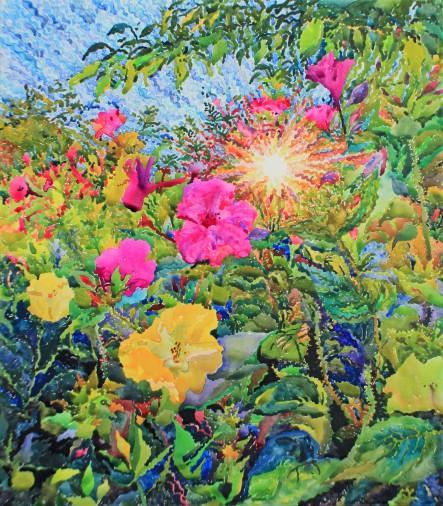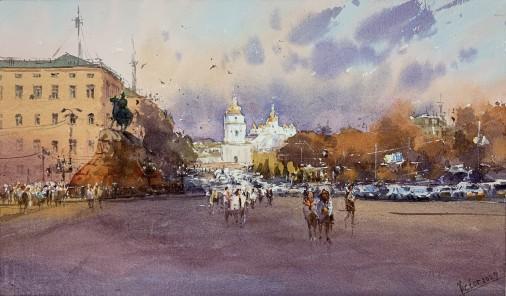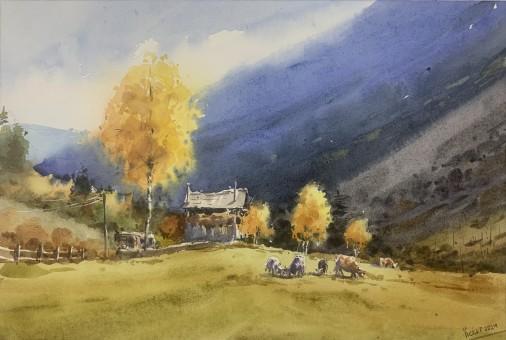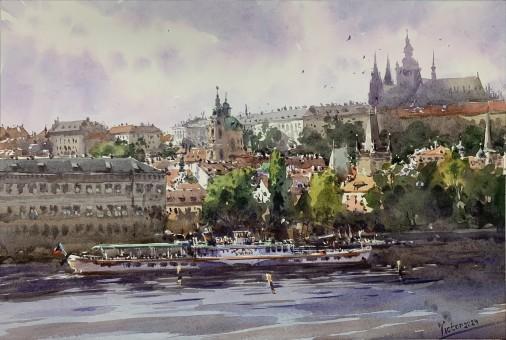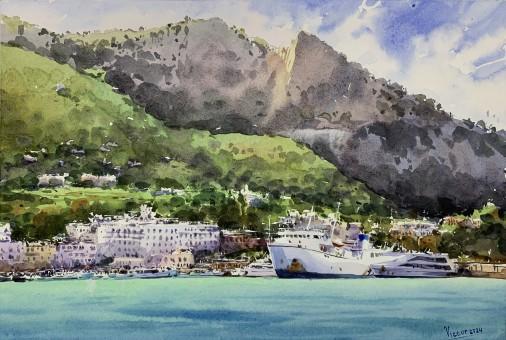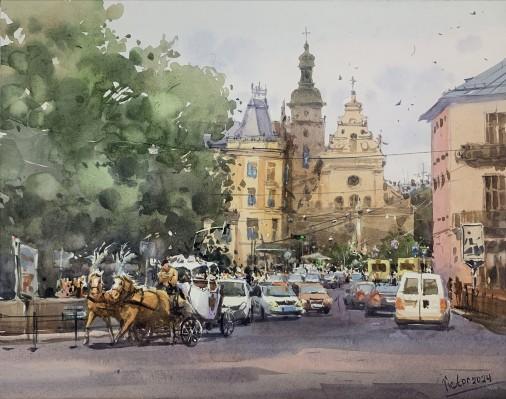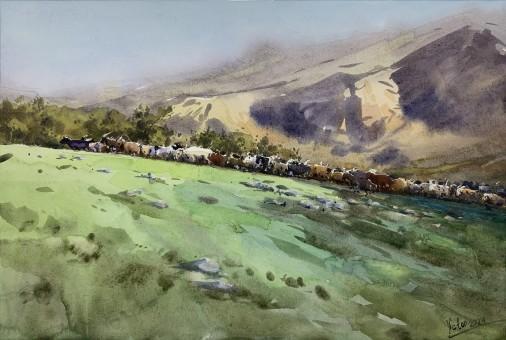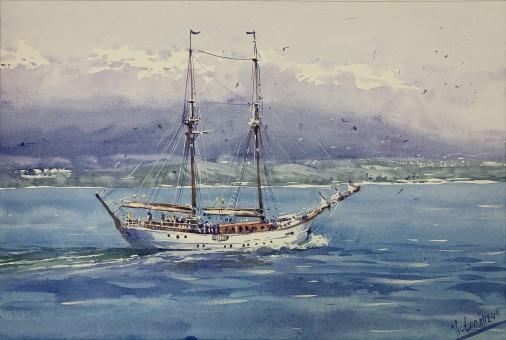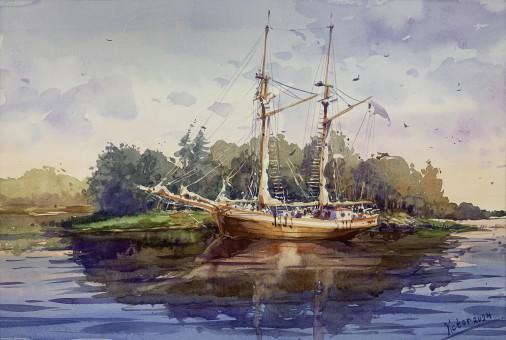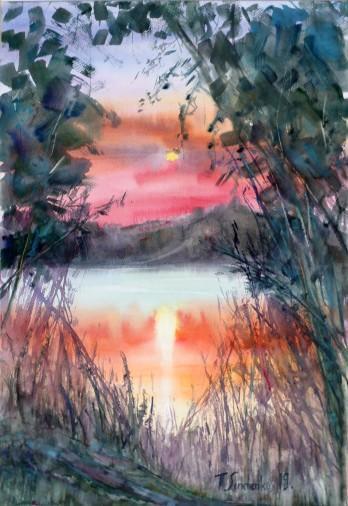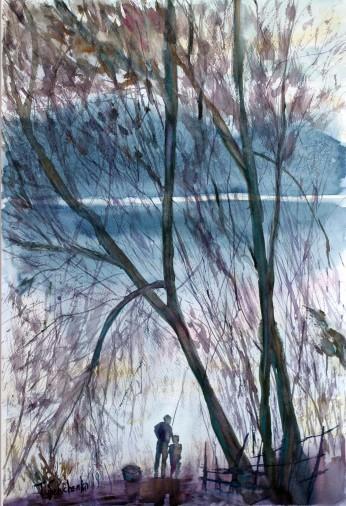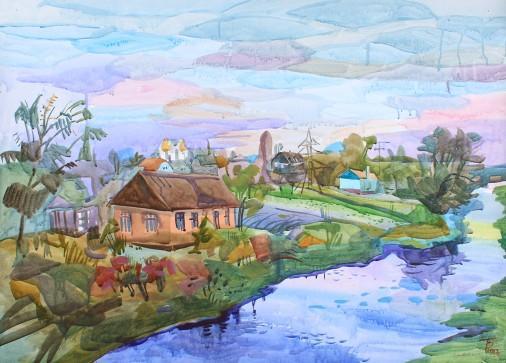Landscape, Watercolor paintings
(222)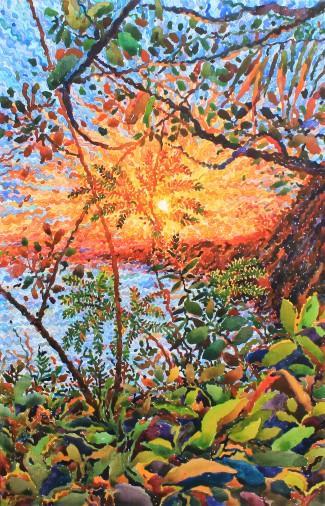
Tetiana Belaschuk € 655
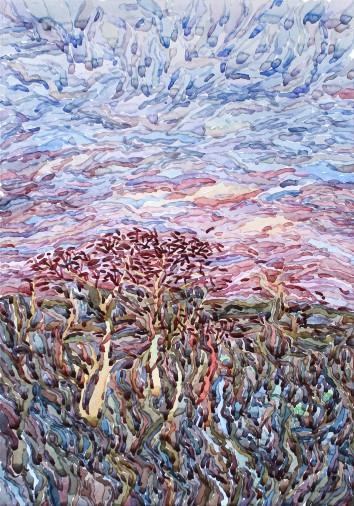
Tetiana Belaschuk € 187
Expand your search
Watercolor landscape of contemporary Ukrainian artists
Since ancient times, watercolor has been considered one of the favorite tools of Ukrainian masters for depicting the beauty of nature, city corners and everyday life.
One of the main features of watercolor is its ability to convey mood and atmosphere. Thanks to the unique properties of watercolor paints, landscapes are filled with liveliness, movement and freshness. Artists skillfully work with moisture, controlling the process of distribution of paint on paper, which allows you to achieve a striking effect of depth and volume.
Each generation of artists brought their own characteristics to the watercolor landscape, making it multifaceted and unique. In recent years, a watercolor landscape created by the hands of contemporary Ukrainian artists has become a symbol of the revival of national creativity and art. Interest in this direction is growing not only in Ukraine, but also abroad.
Contemporary Ukrainian artists, working in this genre, took the best of the traditions of the past years, adding their own innovative solutions. They play with color, texture, light and shadow, creating works that force the viewer to take a new look at the world around them. Many of the contemporary Ukrainian artists have already won recognition at the world level, participating in exhibitions, festivals and master classes. Their works become the subject of interest of collectors and art lovers all over the world. They are inspired by nature, urban landscapes, changes of the seasons, conveying all this with the help of watercolors.
Features of the watercolor landscape technique
Watercolor landscape technique is a complex and multifaceted process that requires the artist deep knowledge and experience. But it is precisely these features that make the results of work with watercolor so exciting and unique.
Watercolor landscape is not just a genre in art; this is an art that requires special sensitivity, the ability to see and convey the subtlest nuances of nature. Each artist, choosing watercolor, faces a number of features that make this material unique and daring.
- Transparency and lightness: One of the main advantages of watercolor is its transparency. Unlike paints, watercolor allows you to create light, airy images, which is ideal for depicting landscapes.
- Speed and unpredictability: Working with watercolor, the artist is often faced with the need to make quick decisions. The paint dries quickly and its distribution on the paper can be unpredictable, adding an element of randomness to the work.
- Layering: Creating depth and volume in a watercolor landscape is often achieved by applying several layers of paint. This process requires patience and the ability to control the saturation of each new layer.
- Working with water: Controlling the amount of water is a key point in watercolor painting. Depending on how much water is used when applying the paint, the result can vary from saturated and bright shades to soft and blurred.
- Paper texture: The choice of paper for a watercolor landscape plays an important role. Rough or embossed paper can add extra texture and dynamism to the work, while smooth paper is suitable for detailed images.
- Mixing colors: In watercolor, it is important to be able to mix colors directly on the paper, allowing the colors to flow into each other, creating a m what transitions and interesting shades.
- Contrast and light: Watercolor allows you to convey contrasts of lighting, which is especially valuable when creating landscapes where light and shadow play a key role.






